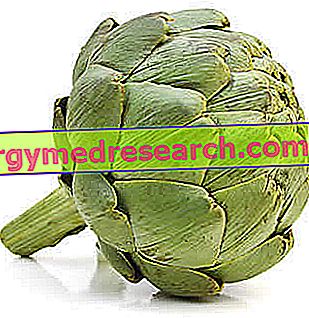Definition
Chondrocalcinosis (or pseudogout) is a disease that affects serous joints, tendons and bags.
It is a form of arthritis caused by the deposit of calcium pyrophosphate dihydrate (PPCD) crystals in the intra- and / or extrarticular site.
The exact cause at the origin of the disorder is not yet known, however it is frequent the association with other pathologies, such as trauma, infections, amyloidosis, hypomagnesemia, hyperparathyroidism, gout and hemochromatosis.
Furthermore, chondrocalcinosis occurs mainly in old age. This suggests that deposits of PPCD crystals may be secondary to degenerative or metabolic changes in affected tissues.
The most typically affected site is the knee, followed by the wrist, shoulder, hip and elbow.
Most common symptoms and signs *
- Asthenia
- Increase in the ESR
- Articolar pains
- Muscle pains
- haemarthrosis
- Temperature
- Joint swelling
- Nodule
- osteophytes
- Rheumatism
- Joint stiffness
- Articular noises
- Tofi
- Articular Pouring
Further indications
The deposition of calcium pyrophosphate dihydrate crystals may be asymptomatic. However, chondrocalcinosis often causes manifestations similar to those of acute arthritis (from mild attacks to intermittent seizures) and degenerative arthropathy.
In most cases, the disease occurs only in one joint (rarely, the involvement is polyarticular), with very intense pain, sometimes accompanied by fever and morning joint stiffness. The acute attack occurs quickly and reaches maximum intensity over a period of 6-24 hours, so it tends to resolve within 1-3 weeks.
Between one episode of chondrocalcinosis and the next, no disturbance may be present or low symptomatology may persist, similar to what occurs in rheumatoid arthritis or arthrosis. This clinical picture tends to persist throughout life.
During the course of the disease, extra-articular deposits of PPCD crystals (tophi) may appear.

The presence of chondrocalcinosis is confirmed by identifying pyrophosphate crystals in the synovial fluid taken from the affected joint under the microscope. Sometimes, the diagnosis can be difficult, as this disease can occur with manifestations similar to other inflammatory joint diseases, which must therefore be excluded.
In particular, it is important to distinguish chondrocalcinosis from infectious arthritis by Gram staining and culture of synovial fluid. In the more advanced phases, the most typically affected radiographs of the joints can show the presence of calcifications.
The recommended therapy to reduce the symptoms of the disease may include the administration of antiphlogistic and / or analgesics, such as naproxen, indomethacin or other NSAIDs. In the case of acute effusion, on the other hand, the aspiration of the synovial fluid (arthrocentesis) of the affected joint and the infiltration of cortisone esters in the joint space may be indicated. If well tolerated, oral colchicine may reduce the frequency of attacks.



